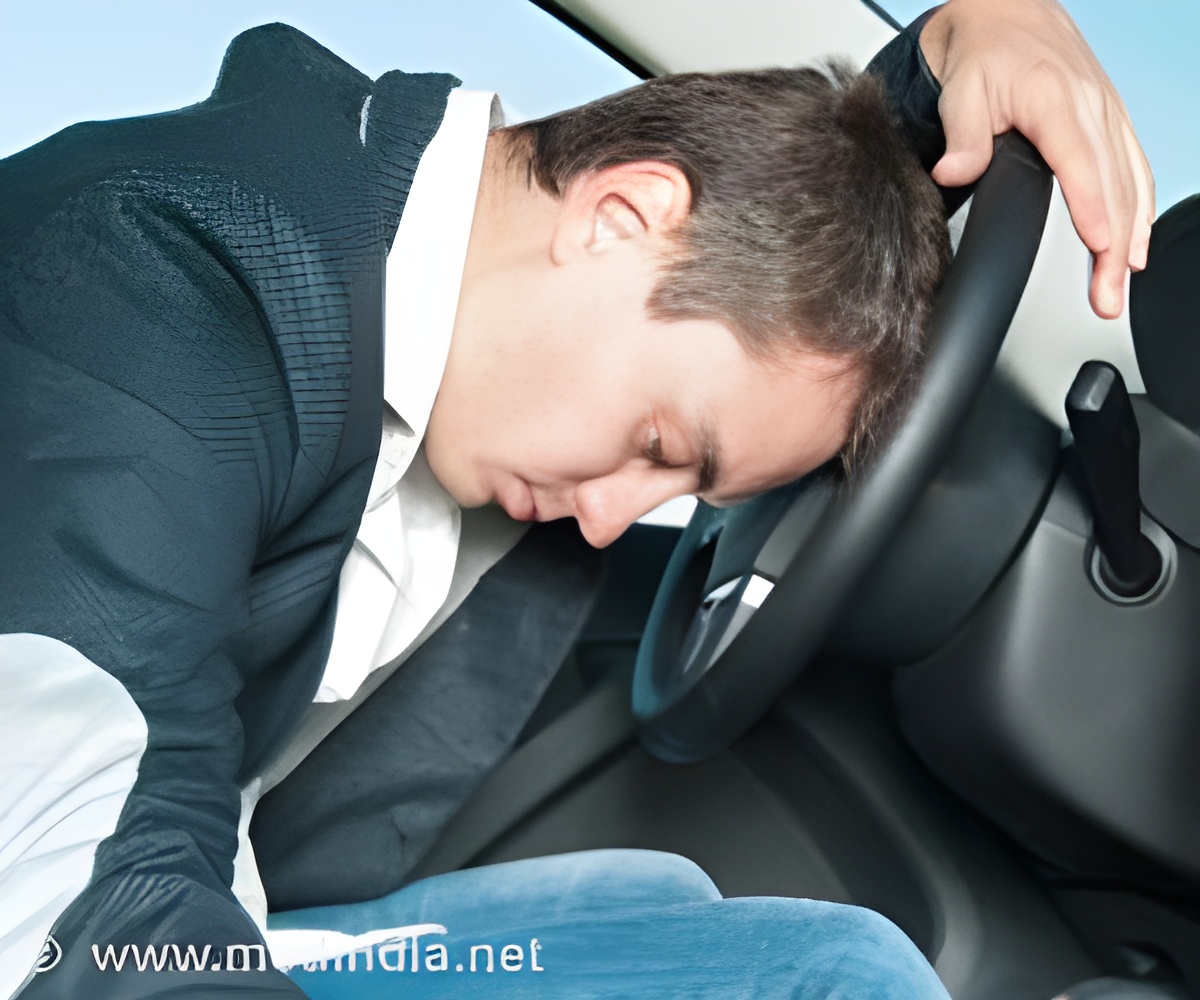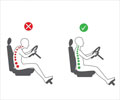Daylight saving time change can enhance driver fatigue, drowsy driving. Hence, a new study reminds the drivers to adjust not only their clocks but also their sleeping habits, to avoid drowsy driving.

TOP INSIGHT
The switch to Daylight Saving Time can raise the risk of driver fatigue and crashes.
Hickman offers some tips for drivers to avoid fatigue:
- Avoid driving during rush hour and from 2-4 a.m. Crash risk increases during rush hours and from 2-4 a.m. Driving between 2-4 a.m. is particularly dangerous because a person’s circadian rhythm is at its lowest during this timeframe. And when a driver is already sleep-deprived, the desire to sleep during the circadian low is even greater.
- Get a full night’s sleep. Drivers should try to sleep at least seven to eight hours in order to avoid drowsiness. However, one night’s rest may not be enough for someone who has experienced several sleepless nights. In those cases, the driver will need several days of restful sleep to compensate for the sleep debt.
- Pay attention to signs of drowsy driving. Signs of drowsy driving include slow eyelid closures, yawning, the gentle swaying of the head, seat fidgeting, difficulty staying in your lane, difficulty maintaining speed, and delayed reactions.
- Be aware of other factors impacting drowsy driving. Situations that increase drowsiness are driving alone, monotonous road conditions, such as long straightaways with limited changes in the environment), long drives, and extended periods of heavy traffic.
Source-Newswise
 MEDINDIA
MEDINDIA




 Email
Email





